
Berberis atropurpurea Vivero El Progreso
Berberis thunbergii f. atropurpurea 'Concorde' is an ornamental plant that adds a splash of color to the landscape throughout the seasons. Its burgundy leaves create a striking visual display, which intensifies to a vibrant red hue during the autumn months. In April and May, the plant delights with clusters of cheerful yellow flowers that gracefully enhance its allure.

Berberis vulgaris 'Atropurpurea' 001 Berberis vulgaris Wikipedia, la enciclopedia libre
Genus description. Berberis can be deciduous or evergreen shrubs with spiny shoots bearing simple, often spine-toothed leaves, and small yellow or orange flowers in axillary clusters or racemes, followed by small berries. Name status. Accepted. Advertise here. Find help & information on Berberis vulgaris 'Atropurpurea' purple-leaf barberry from.
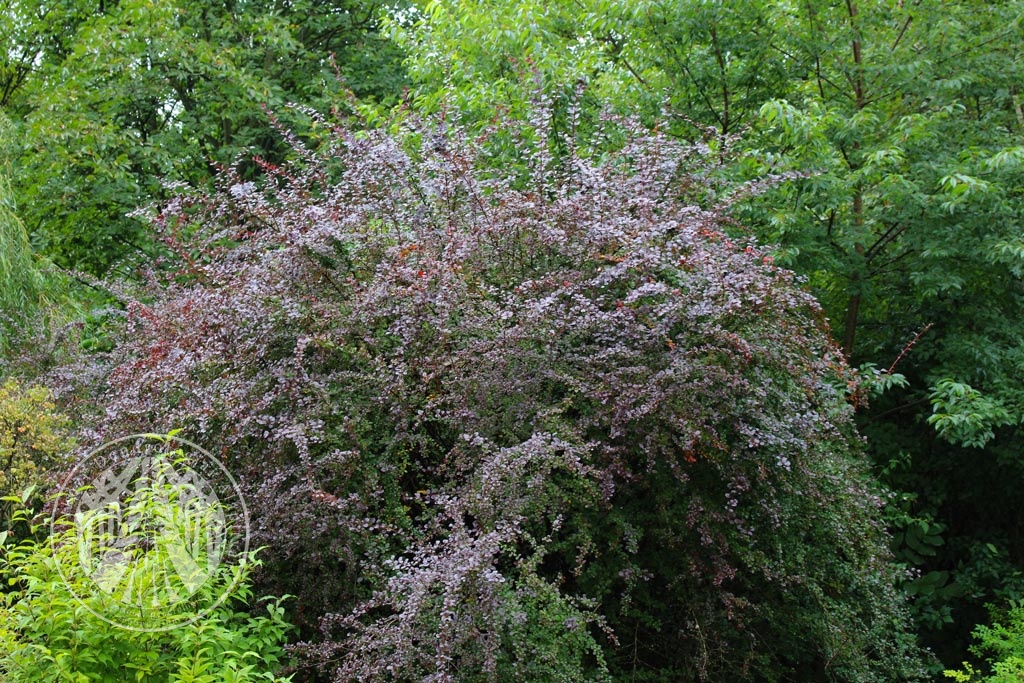
Berberis vulgaris cv Atropurpurea habitus, Kecskeméti Arborétum Nemzetközi Dendrológiai
Berberis thunbergii or Japanese Barberry is a low growing deciduous shrub that keeps some foliage all year in warmer climes. Stems are densely massed with small spines and neat, round, purply-brown leaves and bell shaped flowers of greenish-yellow with red stripes. They make a good accent specimen and work particualrly well as a low hedge.

Dřišťál obecný Atropurpurea (Berberis vulgaris)
Image Tom Christian. A deciduous shrub, usually seen from 6 to 10 ft high, but occasionally more than twice as high; producing a crowded mass of stems erect at the base, branching and spreading outwards at the top into a graceful, arching, or pendulous form; branches greyish, grooved.
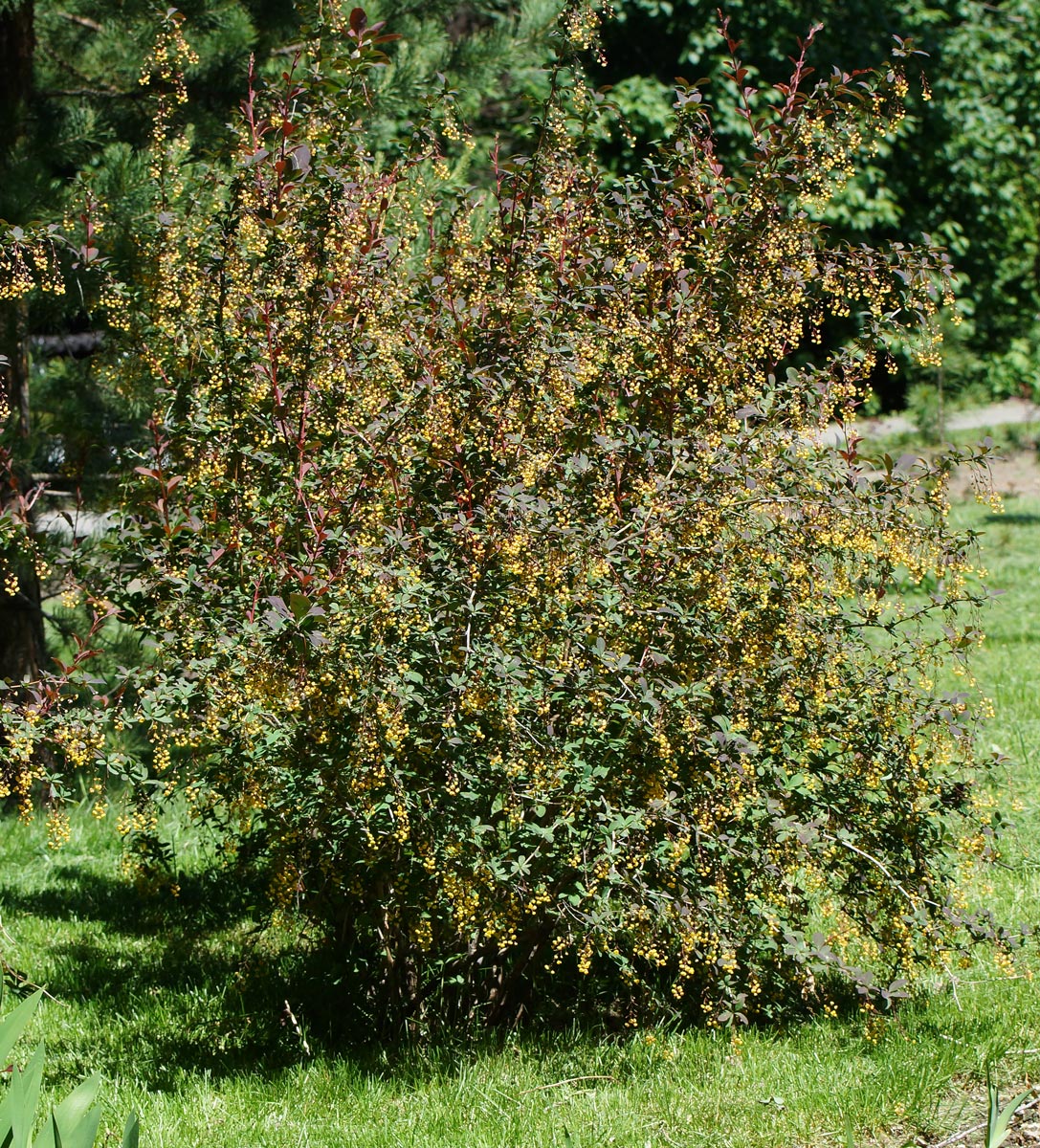
Berberis vulgaris f. atropurpurea Изображение особи Плантариум
Description It is a deciduous shrub growing up to 4 metres (13 feet) high. The leaves are small oval, 2-5 centimetres ( 3⁄4 -2 inches) long and 1-2 centimetres ( 1⁄2 - 3⁄4 in) broad, with a serrated margin; they are borne in clusters of 2-5 together, subtended by a three-branched spine 3-8 millimetres ( 1⁄8 - 5⁄16 in) long.
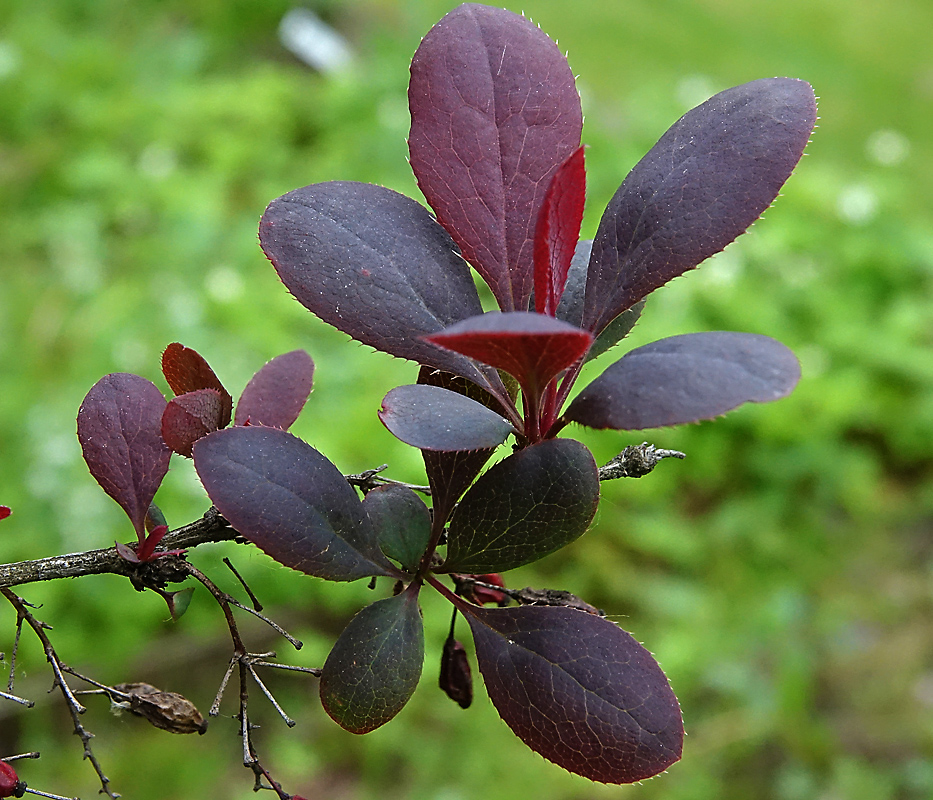
Berberis vulgaris f. atropurpurea Изображение особи Плантариум
Berberis thunbergii var. atropurpurea is often confused with: Berberis thunbergii. Native alternative(s) for Berberis thunbergii var. atropurpurea: Berberis canadensis. Callicarpa americana. Hypericum prolificum. Ilex verticillata. Lindera benzoin. Vaccinium stamineum. Viburnum acerifolium.
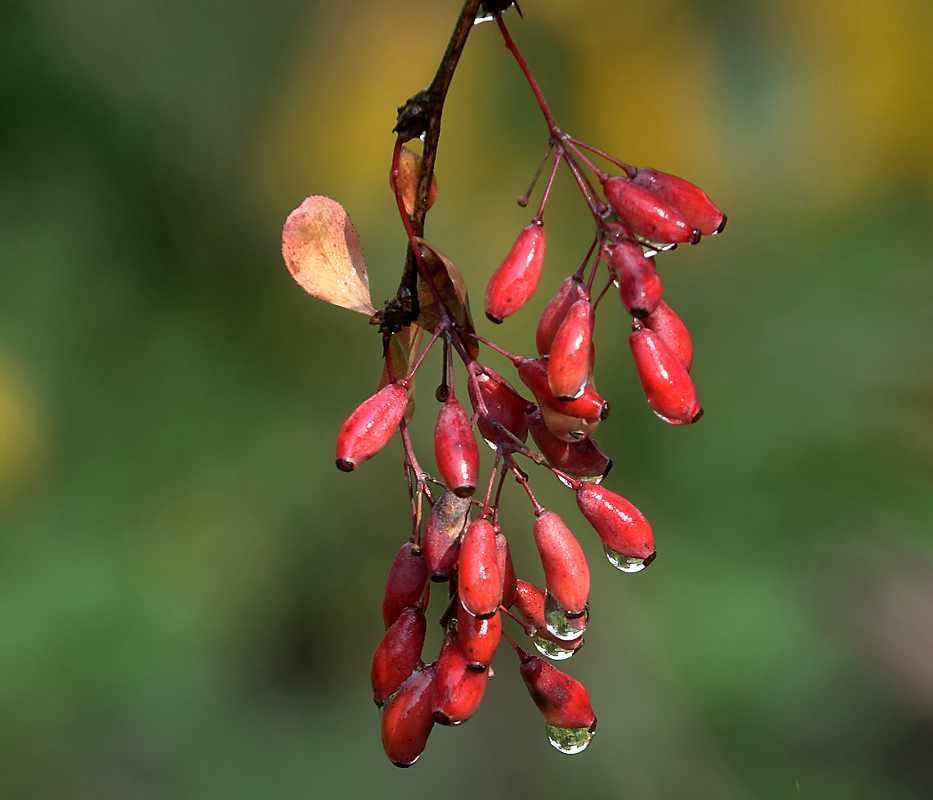
Berberis vulgaris f. atropurpurea Изображение особи Плантариум
Berberis Common name: Barberry Some of the most useful and versatile shrubs, berberis are hardy, reliable and easy to grow. The dense habit and abundant flowers of evergreen species make them invaluable as wildlife-friendly hedging and screening, while the brightly coloured foliage of deciduous species lends them to eye-catching mixed borders.

The European Barberry A Plant That Makes Complex Decisions The Global Fool
Fast and Free Shipping On Many Items You Love On eBay. Looking For Berberis? We Have Almost Everything On eBay.
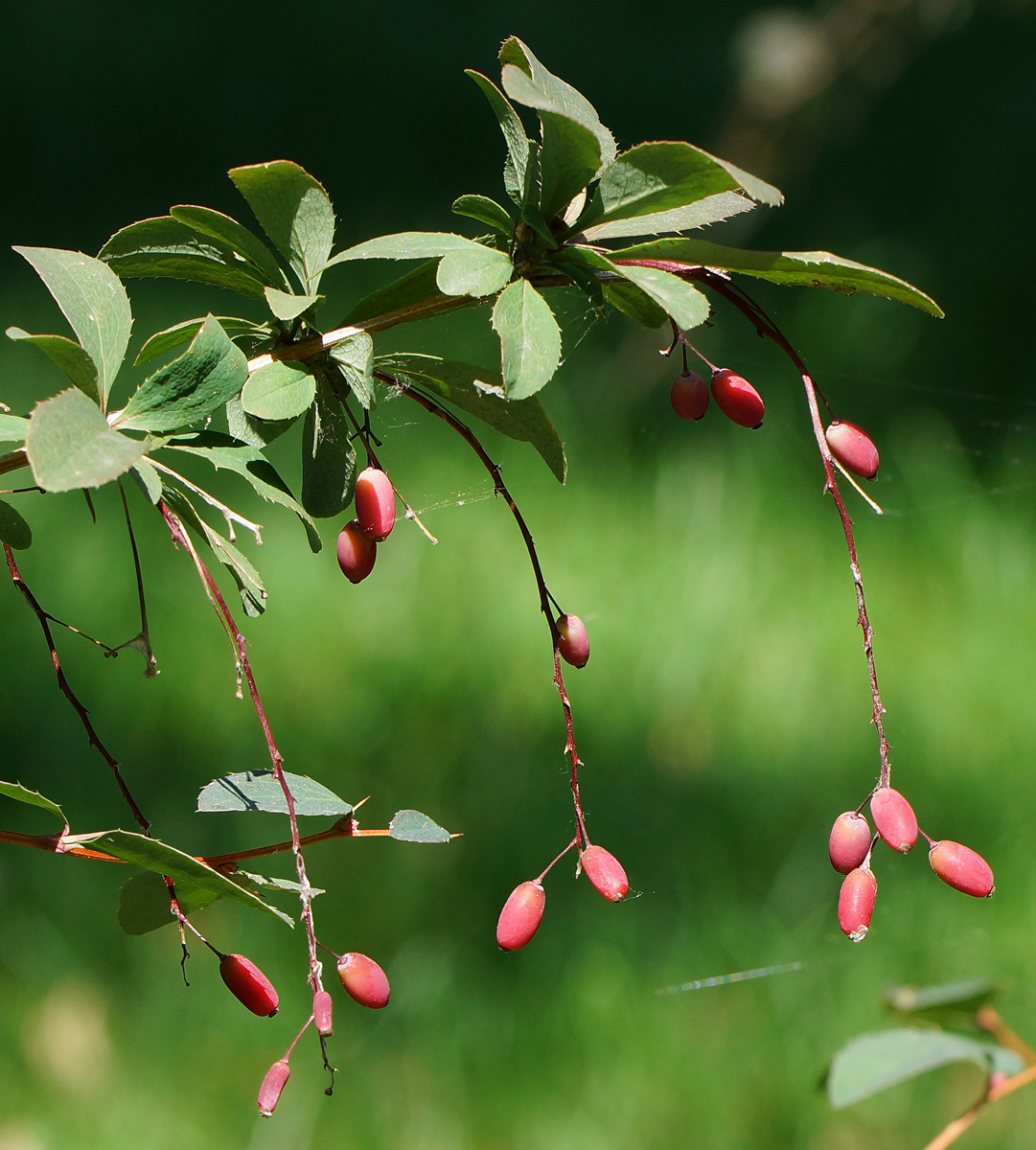
Berberis vulgaris f. atropurpurea Изображение особи Плантариум
A taxonomic authority (ITIS) lists the name Berberis thunbergii var. atropurpurea as "not accepted" and a synonym of the species, Berberis thunbergii. In other words atropurpurea is not a taxonomic rank so that a red/purple leafed plant might be designated as a selection, hence Berberis thunbergii 'Atropurpurea'.
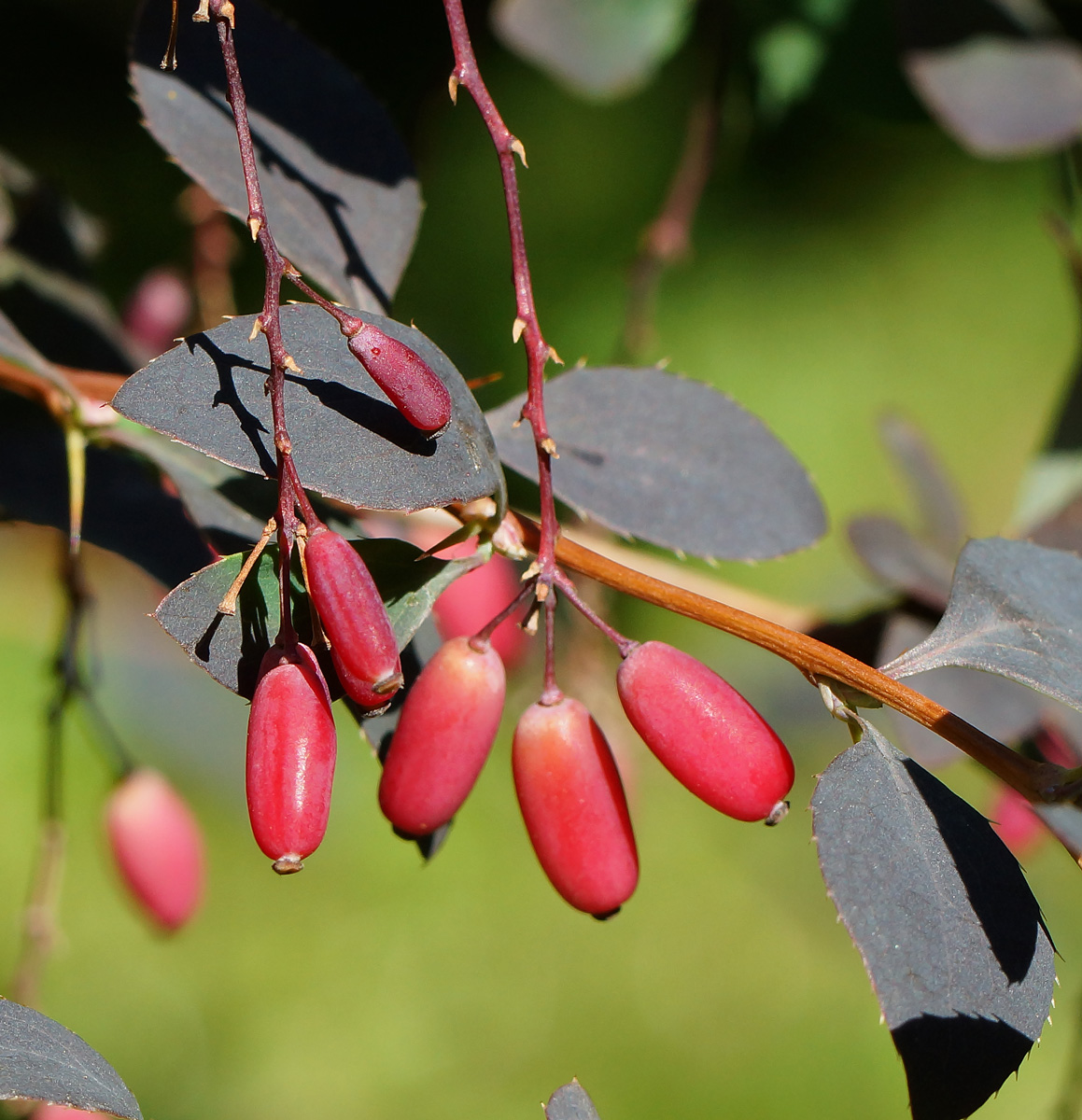
Berberis vulgaris f. atropurpurea Изображение особи Плантариум
'As ornamental shrubs, the barberries have many good qualities and several of them are in the very first rank of garden plants. They prefer warm, loamy soil, but are by no means fastidious,' says the international experts at Trees and Shrubs Online. Berberis x stenophylla (Image credit: Rex May/Alamy Stock Photo) Barberry key facts:
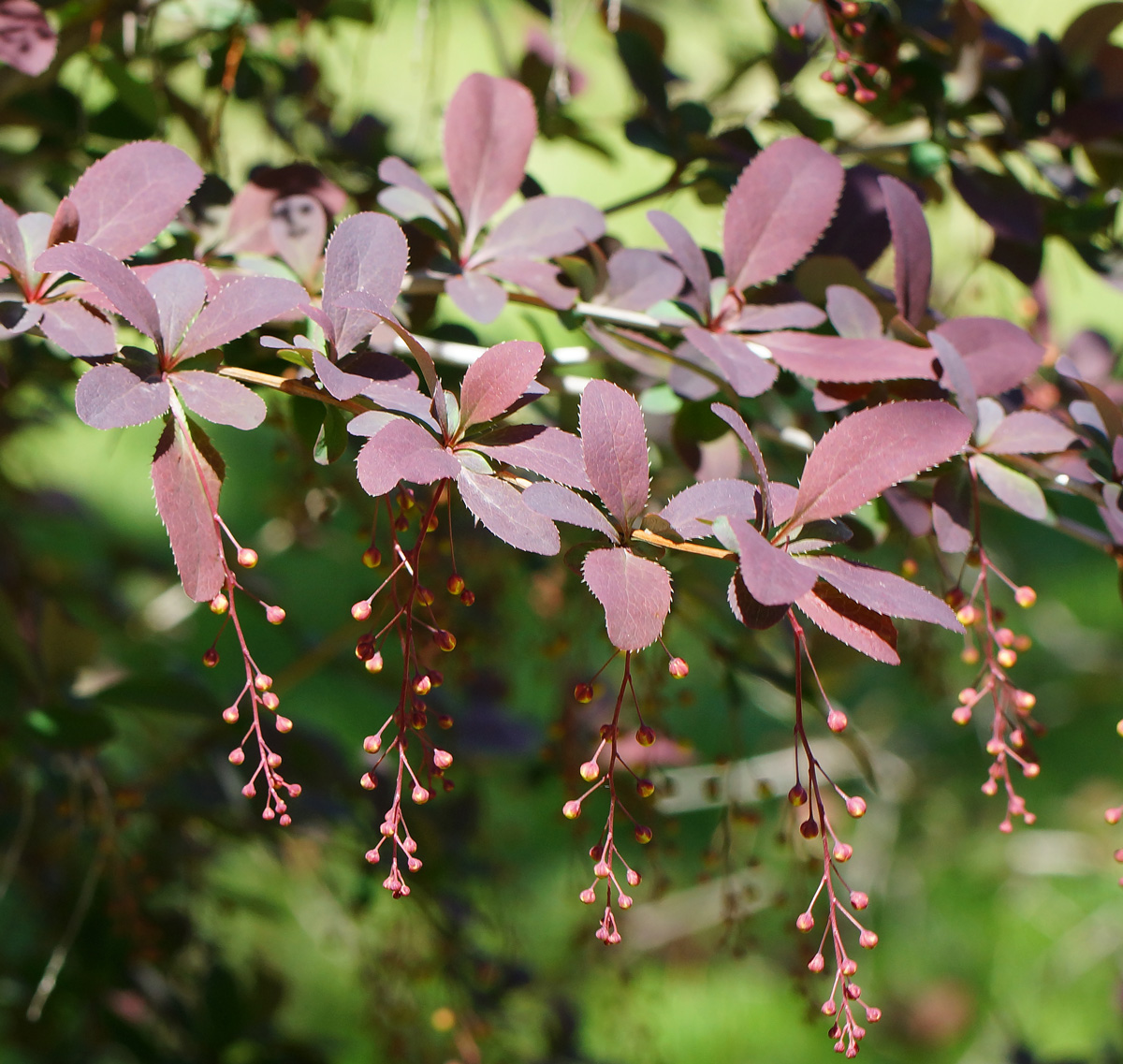
Berberis vulgaris f. atropurpurea Изображение особи Плантариум
Ecology Berberis species are used as food plants by the larvae of some Lepidoptera species, including the moths barberry carpet moth ( Pareulype berberata ), and mottled pug ( Eupithecia exiguata ). [citation needed] Berberis species can infect wheat with stem rust, a serious fungal disease of wheat and related grains. [13]
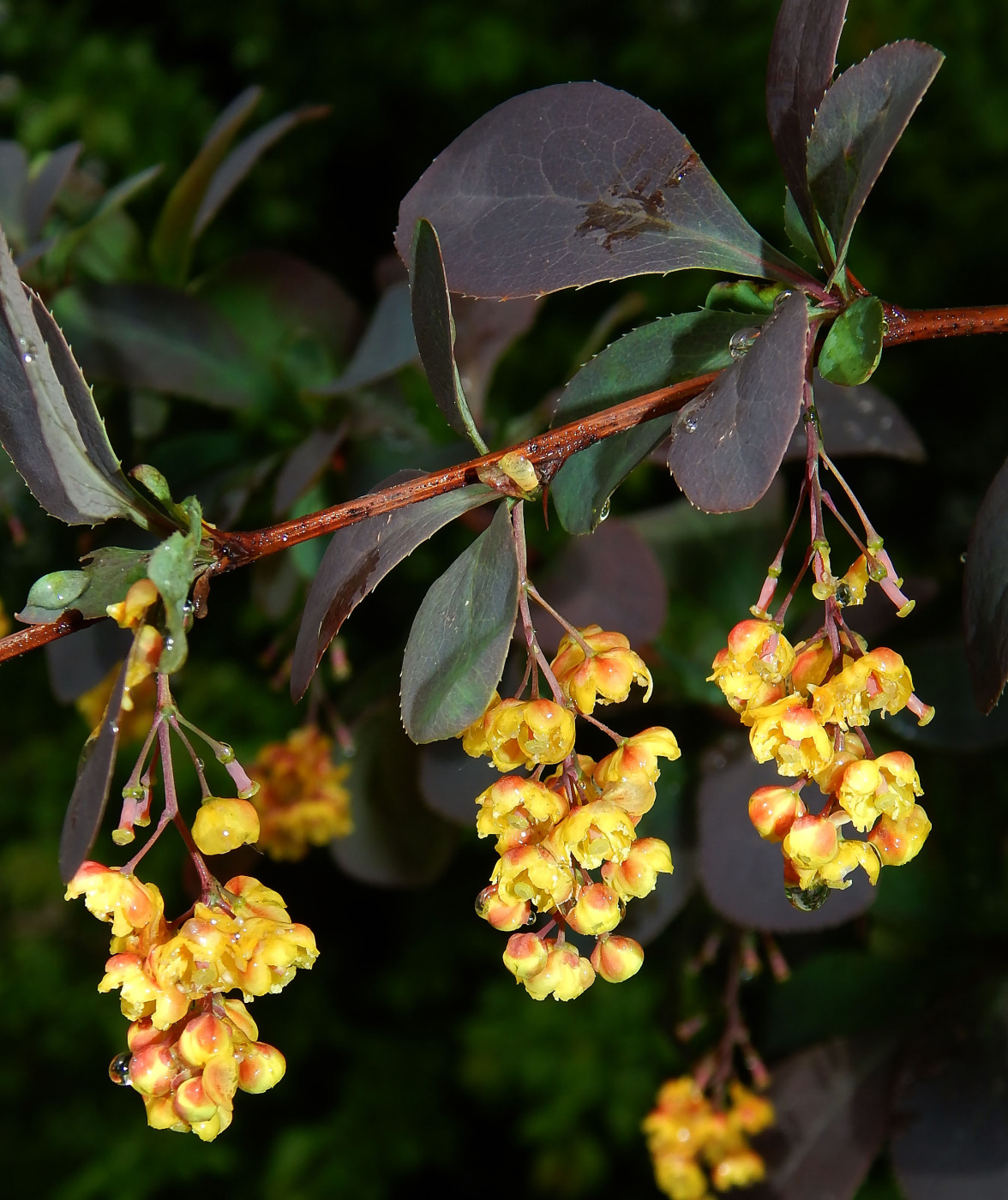
Berberis vulgaris f. atropurpurea Изображение особи Плантариум
A vigorous, bushy deciduous shrub about 1m tall, with rounded, dark reddish-purple or purplish-bronze leaves to 3cm long that turn red in autumn; small red-tinged, pale yellow flowers in spring are followed by glossy red autumn berries Synonyms Berberis thunbergii 'Atropurpureum' Berberis atropurpurea Join the RHS today and save 25% Join now © RHS
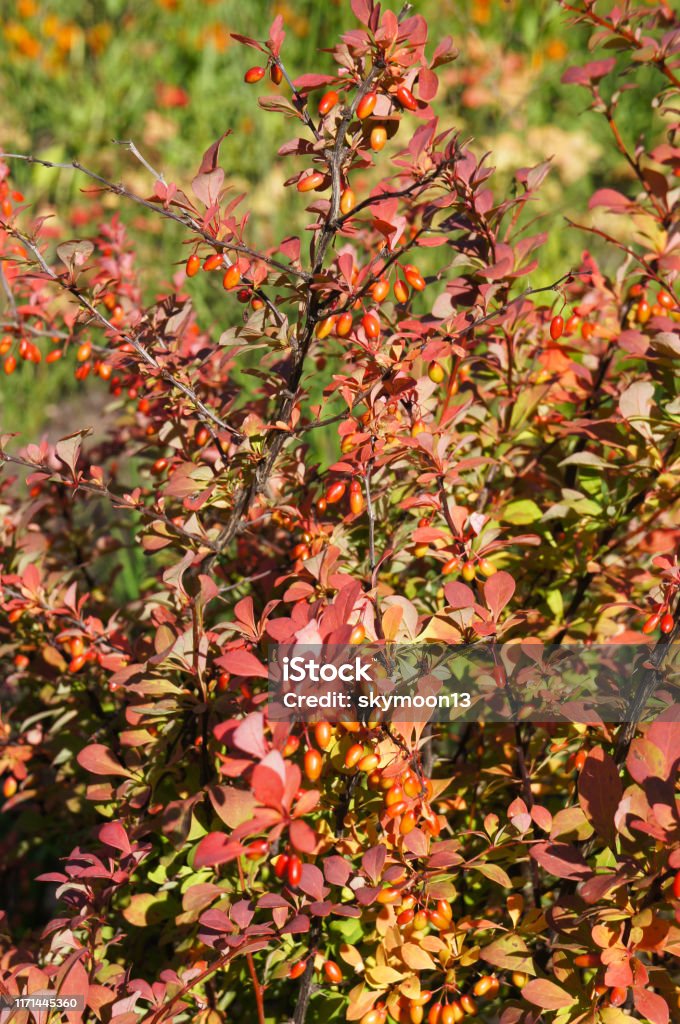
Berberis Vulgaris Atropurpurea Red Barberry Shrub Stock Photo Download Image Now Autumn
Growing guide How to grow berberis Berberis are versatile ornamental shrubs, adding colourful foliage, flowers and berries to borders, rock gardens and containers. Evergreen or deciduous and ranging from very large to dwarf shrubs, these easy to grow, spiny plants have a place in almost every garden.
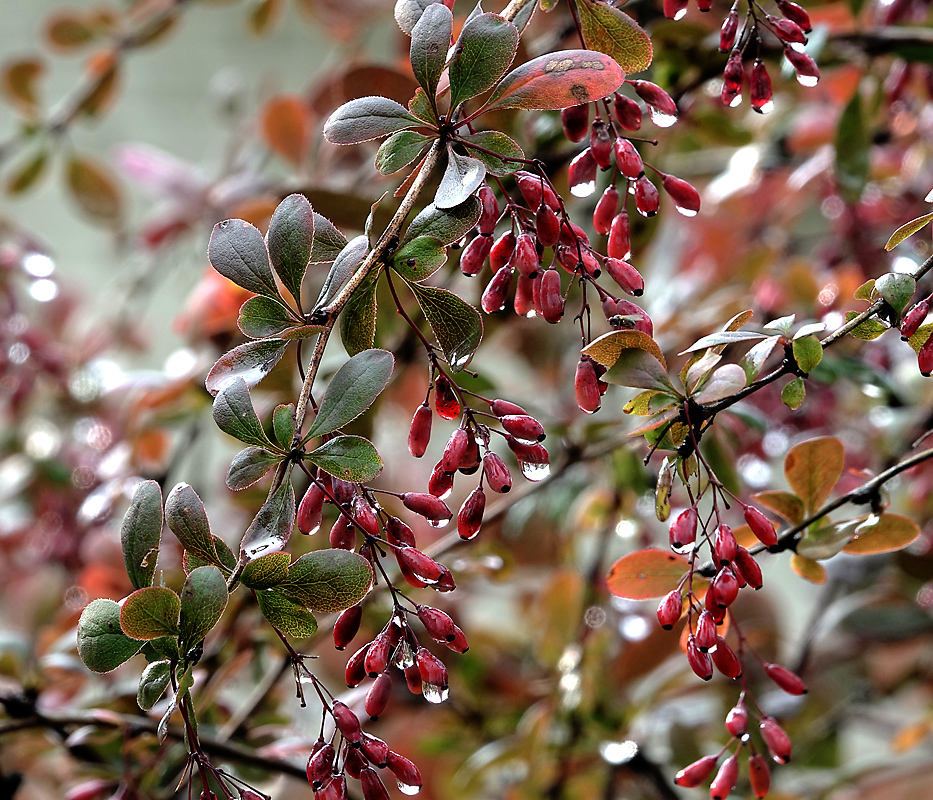
Berberis vulgaris f. atropurpurea Изображение особи Плантариум
Grows from 12 in. to 6 ft. high and across (30-180 cm), depending on varieties. Performs best in full sun or part shade, in average, dry to medium, well-drained soils. Japanese Barberry is not fussy about soils, provided they are not soggy or wet. Good drainage is essential.
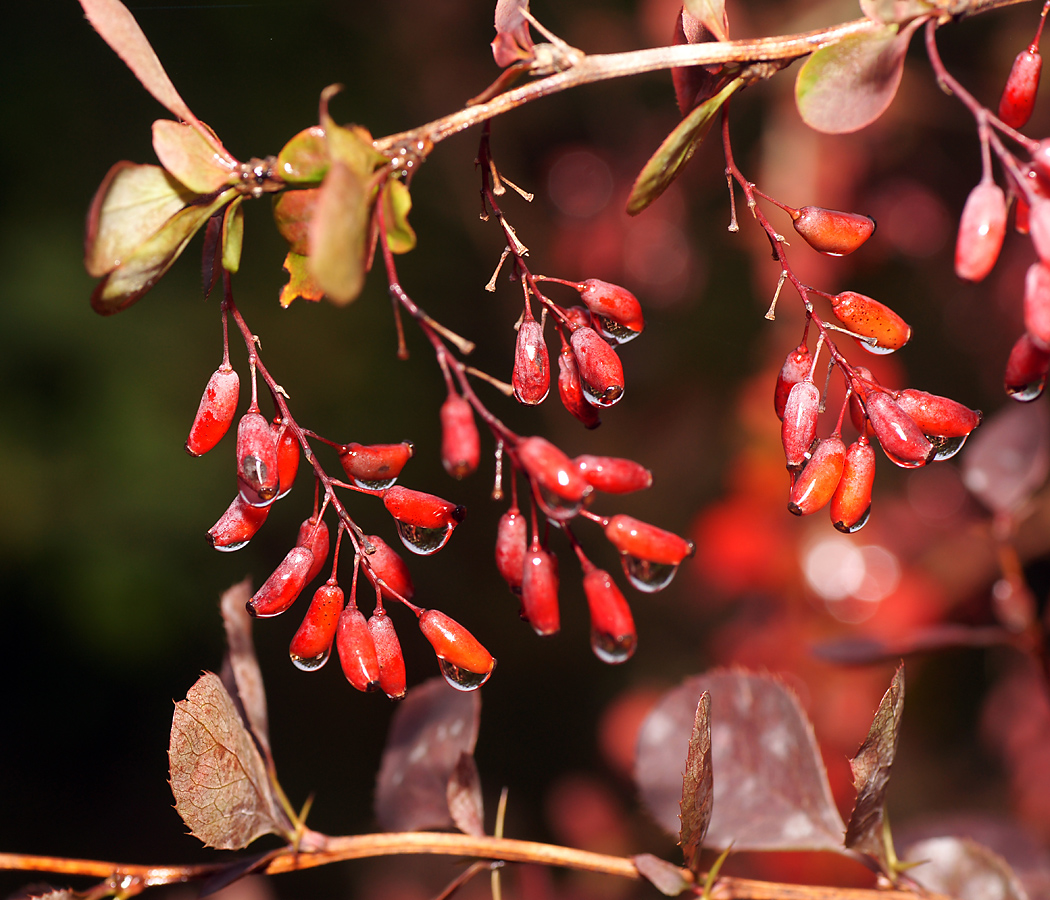
Berberis vulgaris f. atropurpurea Изображение особи Плантариум
Berberis thunbergii 'Atropurpurea Superba' Appears like a large growing variant of 'Atropurpurea' with good form and larger bronze-red leaves. This is probably b. × ottawensis Schneid. 'Superba' ( b. thunbergii × b. vulgaris); it grows to 2.5 m tall, has leaves 1.5-3.5 cm long and berries about 9 mm long and 5 mm wide.
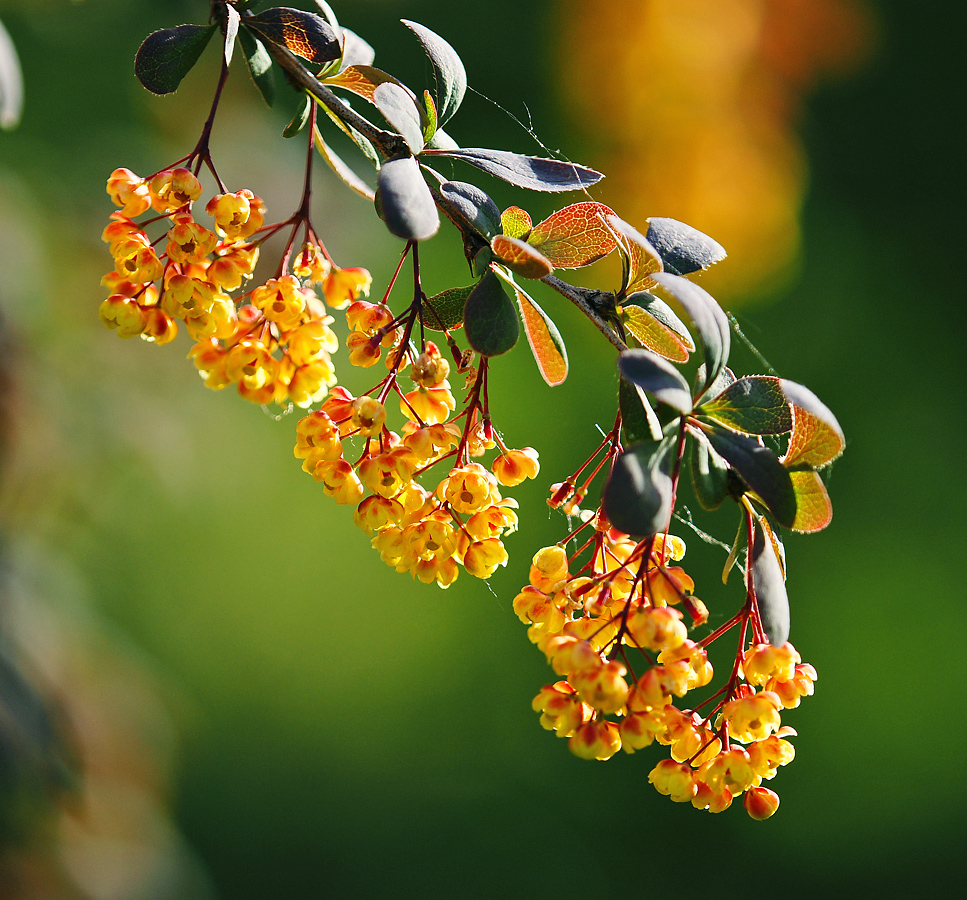
Berberis vulgaris f. atropurpurea Изображение особи Плантариум
From Wikipedia, the free encyclopedia Berberis thunbergiiThunberg's barberry [1] in the barberry family Berberidaceae, to Japan and eastern Asia, though widely naturalized in China and North America, where it has become a problematic invasive in many places, leading to declines in species diversity, increased tick habitat, and soil changes.